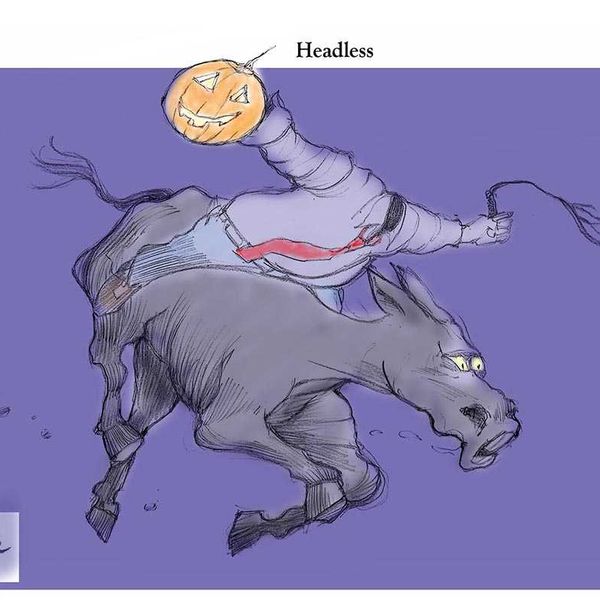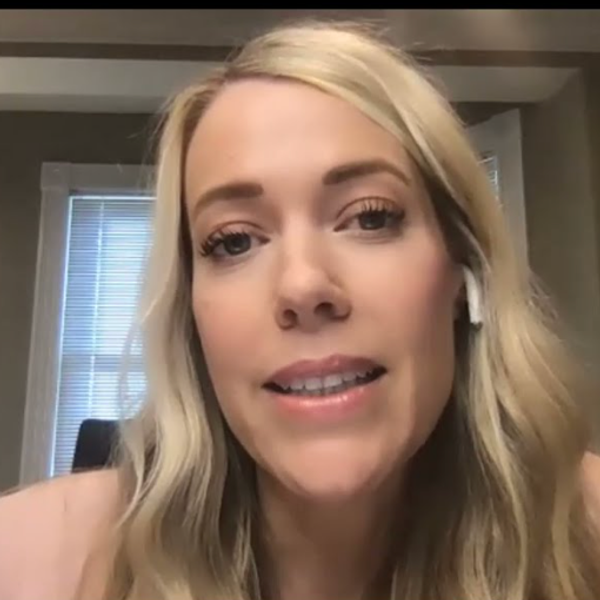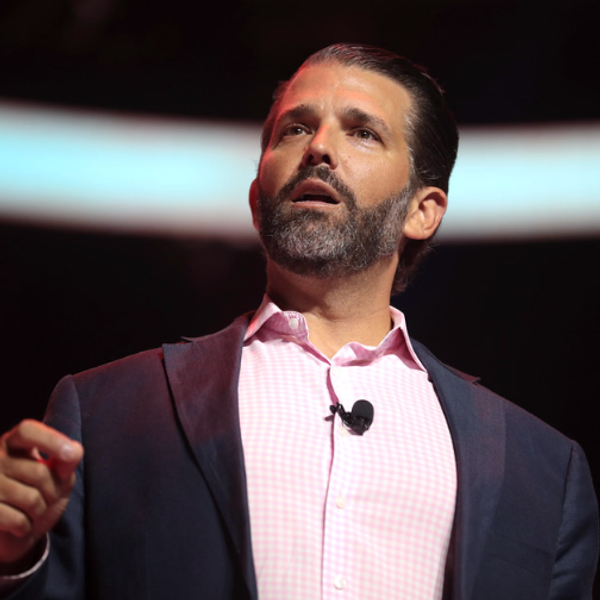A South Korean army soldier aims his machine gun during an anti-terrorism drill against possible terrorist attacks at a subway station in Seoul, South Korea, Monday, April 15, 2013. Oblivious to international tensions over a possible North Korean missile launch, Pyongyang residents spilled into the streets Monday to celebrate a major national holiday, the birthday of their first leader, Kim Il Sung. (AP Photo/Ahn Young-joon)
Type to search
Shop our Store
Headlines
Editor's Blog
Corona Virus
Trending
World
{{ post.roar_specific_data.api_data.analytics }}









